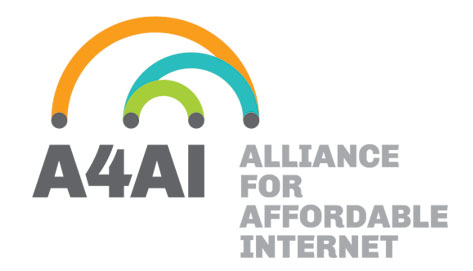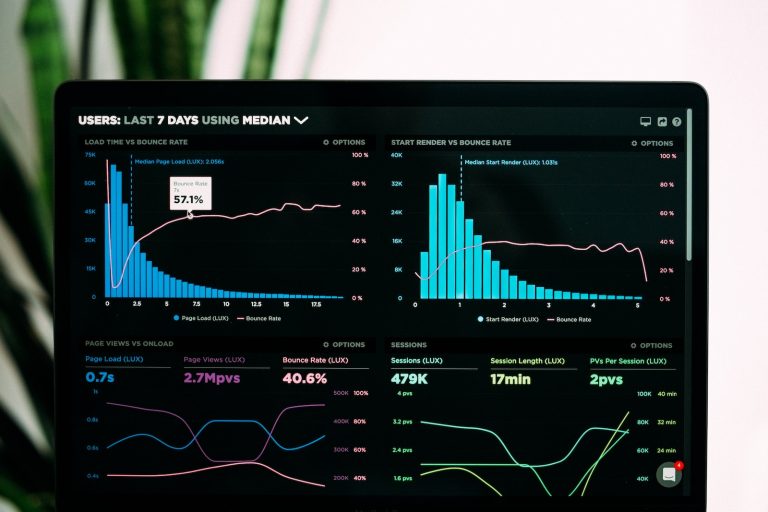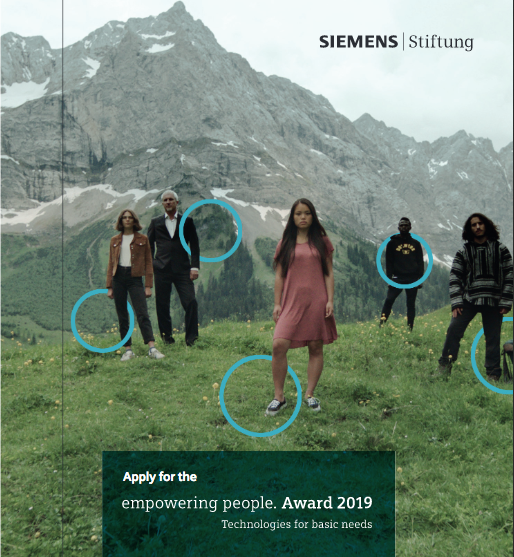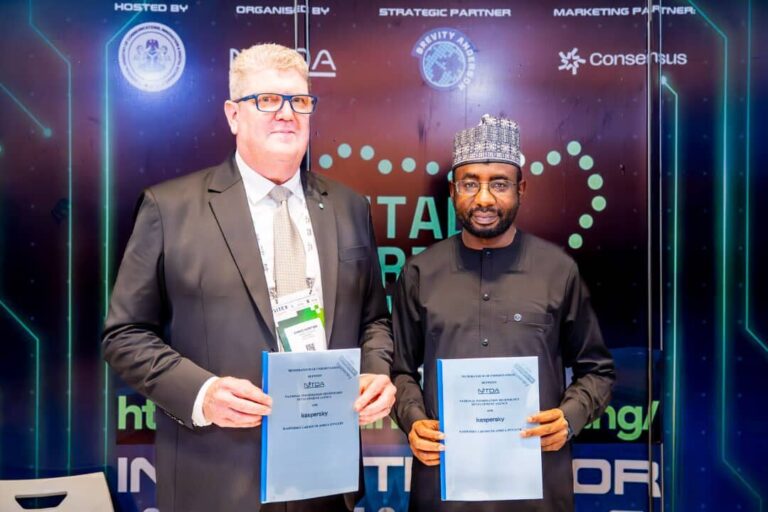Alliance for Affordable Internet (A4AI) Report Shows High Cost of Broadband May Hinder the Achievement of UN Global of Universal Internet Access by 2020

The Alliance for Affordable Internet (A4AI) has just released the 2015-16 edition of its annual Affordability Report which basically shows that without immediate and urgent action, the world will miss the newly agreed global goal of universal Internet access by 2020. This is the key finding of the Alliance for Affordable Internet’s (A4AI’s) 2015-16 Affordability Report, released today. Analysis shows that, on current trends, the world’s least developed countries will only achieve universal access in 2042 — more than 20 years past the target date set by the global community. As a result, at least one more generation in many countries will grow up excluded from the opportunities associated with Internet access.
In order to accelerate progress, the UN must set a more ambitious target for getting broadband prices down, the report argues. Even in those countries that have met the current target threshold of 5% of average income, income inequality means that nearly half a billion people — primarily women and the poor — remain priced out of the digital revolution.
The report examines the state of broadband affordability across 51 developing and emerging economies, with a focus on how policy and regulation are working to reduce prices and enable wider access. Key findings include:
-
Poverty and income inequality are masking the true state of Internet affordability. While 25 of the 51 countries surveyed have met the current target for “affordable Internet” — 500MB of mobile data priced below 5% of average national income — not a single country analysed met the target for those living in poverty ($3.10 or less a day), while just nine countries met the target for the bottom 20% of income earners.
-
The high cost to connect continues to exclude billions from the digital revolution. The global goal to provide affordable, universal Internet access focuses specifically on connecting people across the world’s least developed countries, yet 70% of people in these countries cannot afford a basic, 500MB per month broadband plan.
-
The affordability “sweet spot” is broadband priced at 2% or less of average monthly income, meaning it is time to commit to a more ambitious “1 for 2” affordability target. When a basic broadband package is priced at this level, access becomes affordable for all levels of income earners. The report proposes a new affordability target: 1GB of mobile broadband priced at 2% or less of average monthly income (“1 for 2”). Driving prices down to the 2% average level will enable large swathes of the population currently priced out of access to get online, while increasing the data allowance to 1GB will allow users to make more meaningful use of the Internet.
-
Bold steps are needed to accelerate connectivity among women, the poor, and other marginalised populations. Overcoming the challenges to access posed by income and gender inequalities will require policies designed with these populations in mind. Market forces cannot connect everyone — free or subsidised public access in tandem with digital education will be critical to enabling connectivity for populations left behind.
Commenting on the report’s findings, A4AI Executive Director Sonia Jorge said:“This report must serve as a wake-up call to policymakers, business leaders and civil society everywhere. If we are serious about achieving universal access by 2020, we need to condense almost 30 years worth of work into the next five years. Immediate, collaborative action is required — let’s work together to build open and competitive markets that can drive prices down to 2% of less of monthly incomes, while creating innovative public access programmes to reach those that market forces can’t.”
The report also features an Affordability Drivers Index, which assesses how likely countries are to be able to drive prices down fast by analysing and ranking each nation according to the affordability policy and regulatory environment they have in place.







